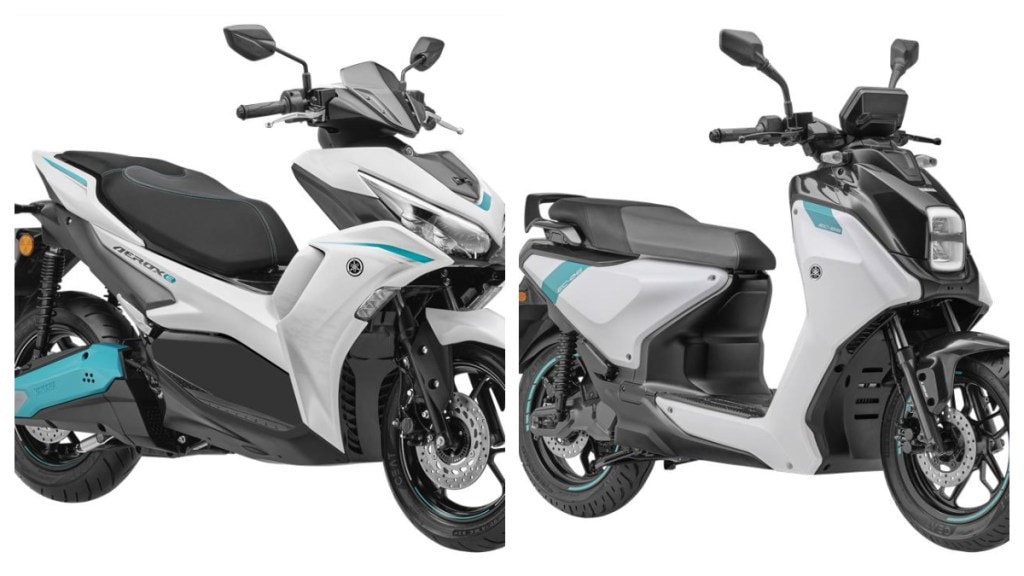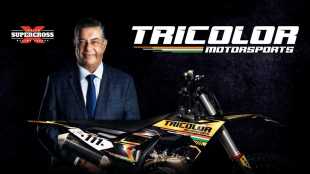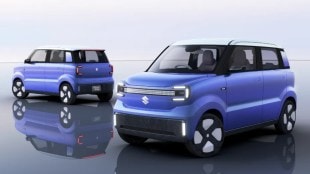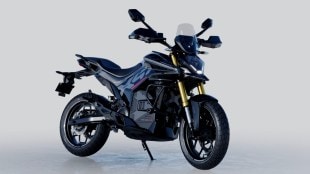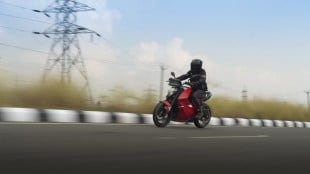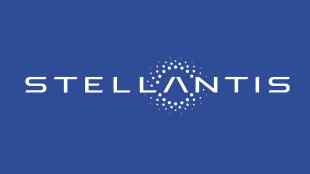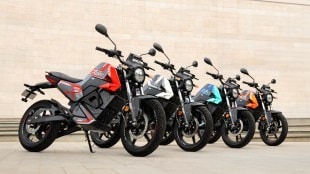Yamaha has entered the nascent Indian electric mobility market by unveiling two premium scooters: the Aerox-E and the EC-06. While their prices are set to be announced in early 2026, Ravinder Singh, senior vice-president, Sales & Marketing, Yamaha Motor India, said that the company is taking a cautious, quality-focused approach rather than chasing immediate volume.
“The scooters we are launching are at the premium end of the market, which is practically non-existent,” Singh told FE, making it too early to talk about numbers. “But I am confident that the segment will grow once Yamaha’s entry encourages others.”
Singh elaborated on the company’s strategy for the new EV line. It will not be sold via the entire country’s dealership network initially. Instead, Yamaha will choose select markets that are ready for premium electric scooters, and gradually expand. This slow and steady approach includes creating a good network, as well as training and hiring manpower that can handle EV technology.
When asked if he was wary of the speed of EV start-ups like Ather Energy, which currently holds almost 17% share in EV sales, Singh emphasised Yamaha’s focus on quality and customer experience. “Every company has its own way of working; we have our own strategy, which focuses on how to give the best value proposition and experience to the customer,” he said. “For example, the Aerox-E and the EC-06 have been tested across India’s diverse terrain on aspects such as safety, comfort, efficiency, and meeting regulations, with the aim that the final product is flawless.”
ICE two-wheelers
As far as combustion engine two-wheelers are concerned, this year sales of most mass-market segments (75-110 cc, 110-125 cc, and 125-150 cc) have dropped. Conversely, premium segments have shown significant growth. For example, the 150-200 cc segment rose 12.7%; the 200-250 cc segment rose 28.7%; the 250-350 cc segment rose 28.9%; the 350-500 cc segment rose 2%; and the 500-800 cc segment rose 19%.
Singh attributed this trend to high-end buyers having a lot of disposable income. “These buyers are aware of global high-end two-wheeler technology and expect similar technologies and features in India,” he said.
Despite the growth in the higher capacity engine segments, Yamaha currently only offers the R3 and the MT-03 (both with 321 cc engine) in this segment. Singh assured that a strategy is in place: “We are making a strategy, and have a business plan. You will hear from us when we launch high-end bikes,” he said. “We are exploring all areas, including adventure tourers.”
While looking ahead, Yamaha remains strong in its current segments, being the “fourth largest in the 150-200 cc segment, and the second largest in the 125-150 cc segment.”
Finally, Singh celebrated a regional success story, confirming that Yamaha now holds the “largest market share among scooters in Goa.” He explained this success is partly due to the classic styling of the Fascino – its popular scooter – which has a “European image” fitting the Goa vibe, and its “very good fuel efficiency” as a hybrid scooter.
